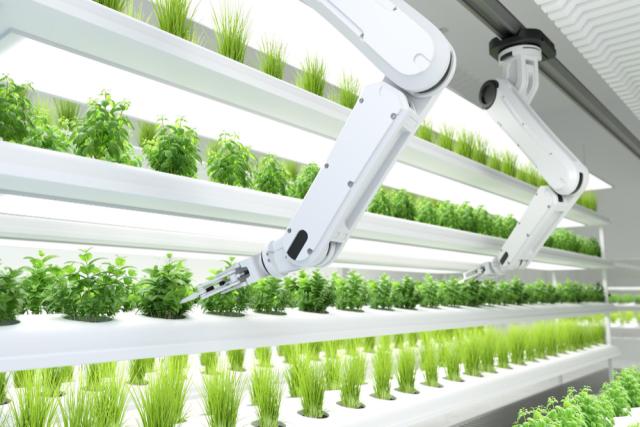
It became challenging to integrate environmental sustainability in traditional agriculture practices as the demand for food and urbanization accelerates. Vertical farming is revolutionizing farming techniques by providing advanced measures by growing crops in stacked layers and vertically inclined surfaces. This new farming approach will emerge as a solution to these challenges. It will not only transform the technique that is used to grow food but also provide environmental benefits that will lead to a sustainable future. Explore the global vertical farming market by visiting the Comprehensive guide provided by Coherent Market Insights.
Water Conservation with Vertical Farming
One of the major benefits of vertical farming is its efficiency in using water. Vertical farming uses hydroponic and aeroponic systems, unlike traditional farming methods that need irrigation and depend upon a large amount of wastewater. The vertical farming method will make use of hydroponic and aeroponic systems. This system will provide directly to the plant root by minimizing evaporation and runoff. This precision irrigation system will lead to the sustainable reduction of water consumption. It is considered critical in regions experiencing water scarcity.
Vertical farming will is reduced water usage by up to 90% as compared to conventional farming methods. This makes vertical farming a useful solution in promoting agriculture sustainability. Water resources are now strained increasingly due to the change in climate and population growth.
Reduce Greenhouse gas emission:
Another major benefit of vertical farming is the reduction of the greenhouse gas emission that is associated with food production. Traditional farming methods need large-scale transportation that includes the transportation of seeds to the shipment of produce to market. It will contribute to greenhouse gas emissions on a large scale. Vertical farming took place in urban areas, reducing the need for long-distance transportation, and being close to the consumer.
Sustainable Land Use:
In addition to minimizing water usage and reducing carbon emission, another key advantage of vertical farming for sustainable land use. Traditional farming needs large amounts of arable land, biodiversity decline, leading to deforestation, and habitat loss. Vertical farming will operate in small areas of land such as repurposing abandoned buildings, urban settings, and unused rooftops.
Vertical farming allows for food production that needs vast expanses of land by utilizing the space more effectively. This helps preserving the natural ecosystems and help in preventing the negative environmental impact.
Sustainable Vertical Farming Practices
Sustainable practices will lead to the growth of a vertical farming market that can rapidly evolve to meet the demand for more eco-conscious food production solutions. The vertical farming market is reshaping the agriculture landscape by promoting sustainability at every step ranging from energy-efficient lighting to eco-friendly pest control methods.
Sustainable vertical farming practices have extended beyond that water conversation and land use. Vertical farms prioritize organic farming techniques, which avoid the use of harmful pesticides and fertilizers that contaminate soil and water sources. In addition, these waste products include plant trimming and packaging that can be composed and recycled. It will help in creating a circular system where waste can be minimized and resources can be reused.






